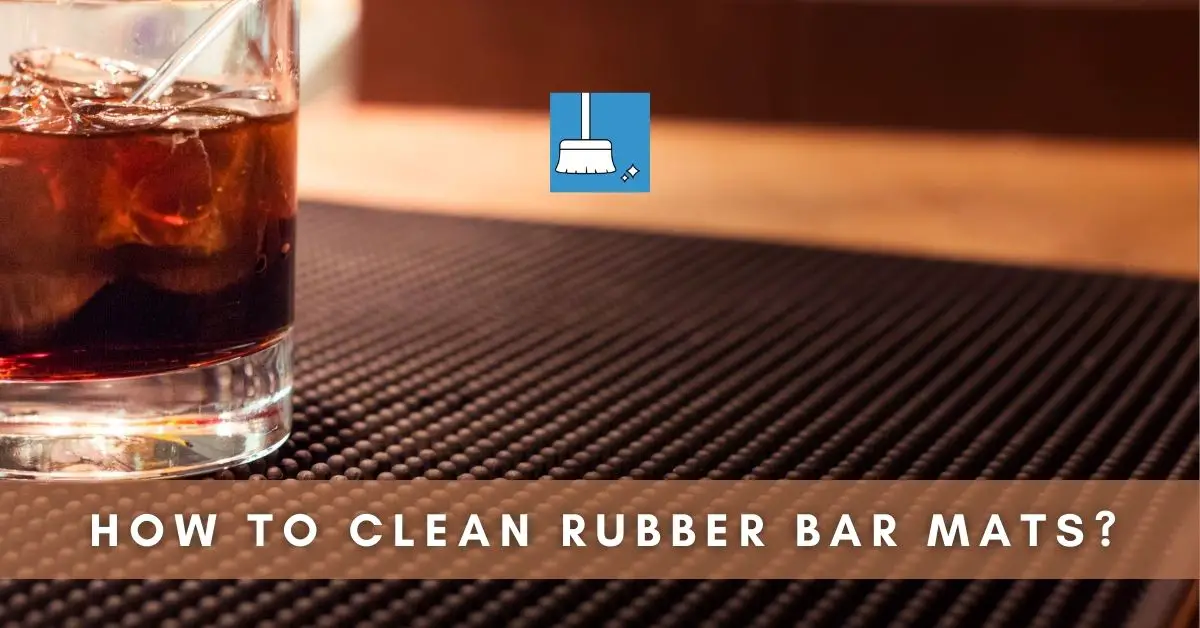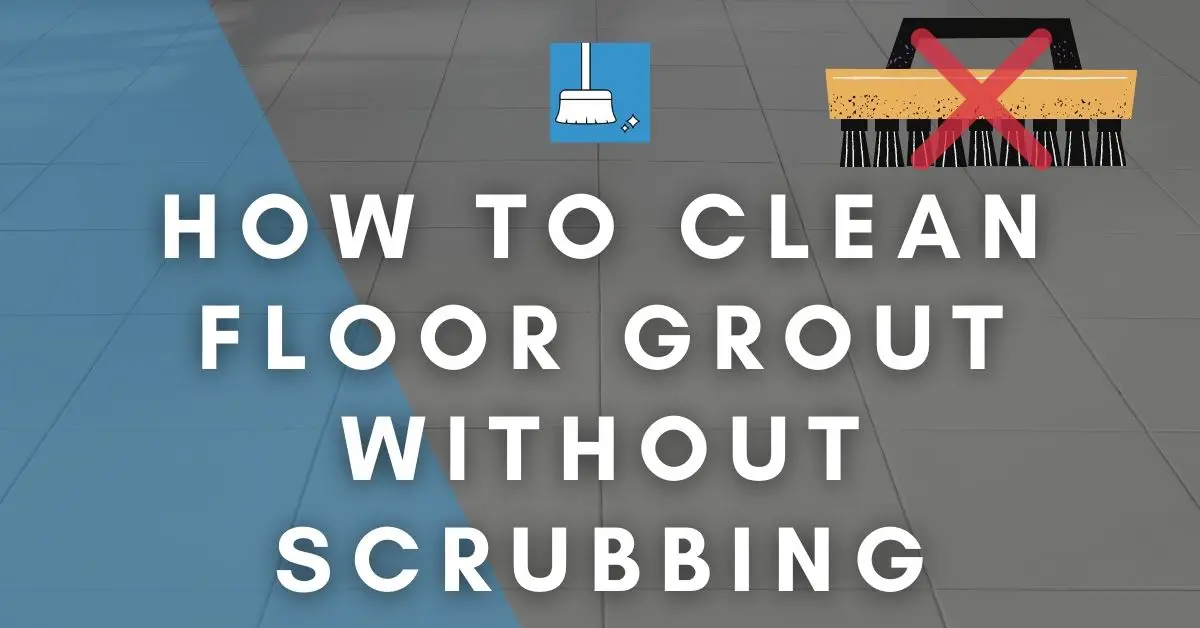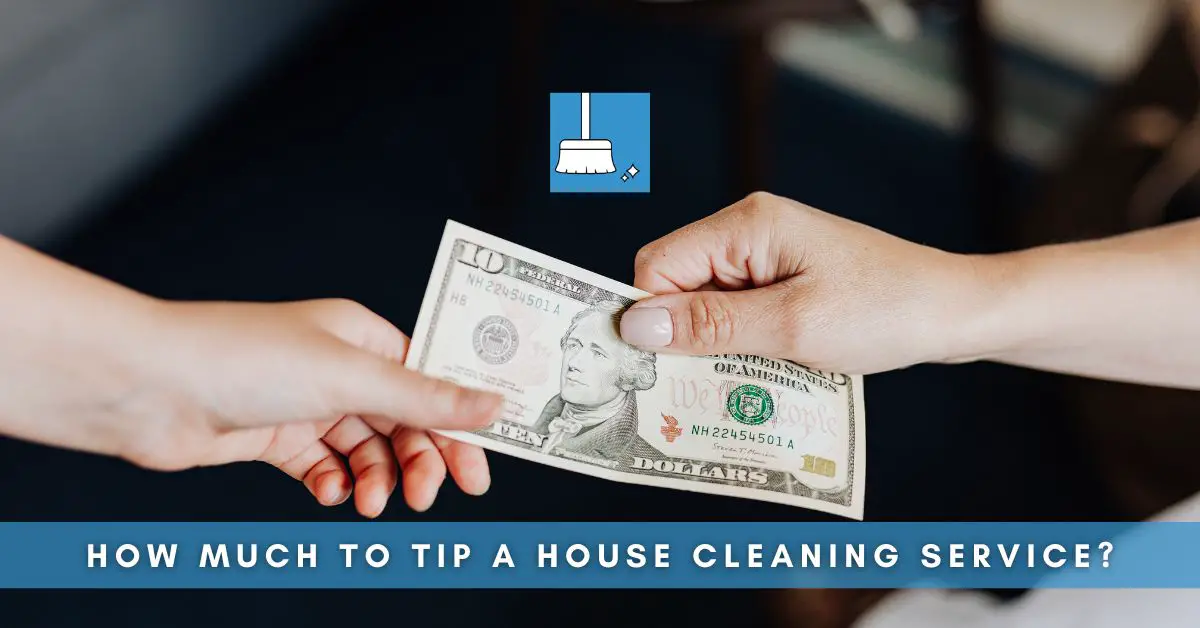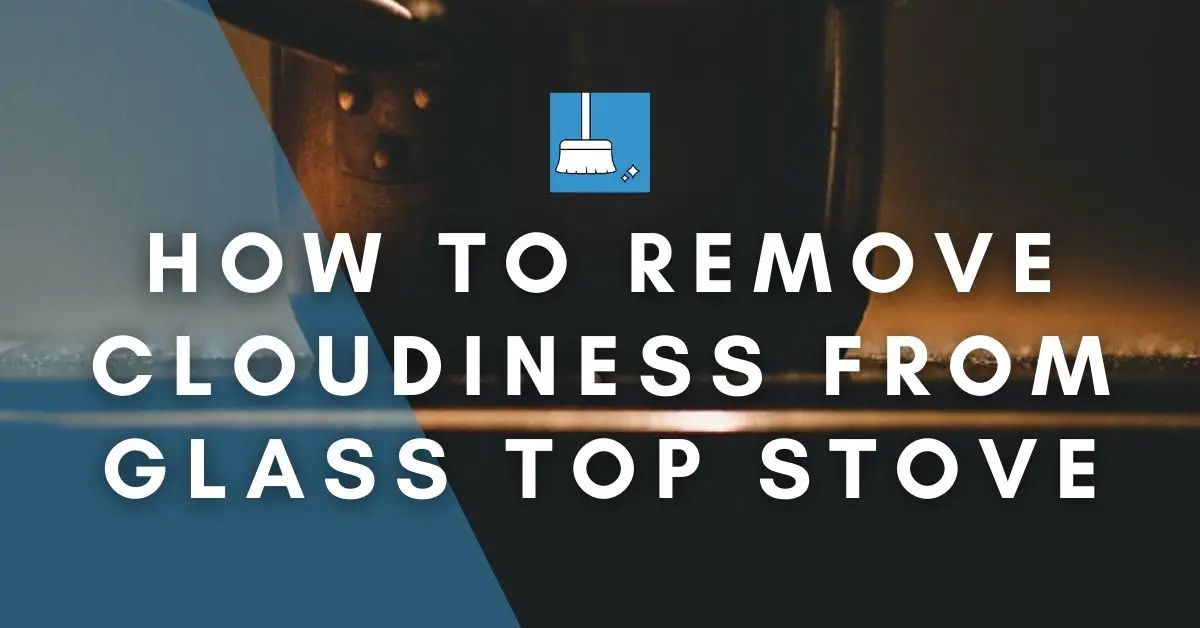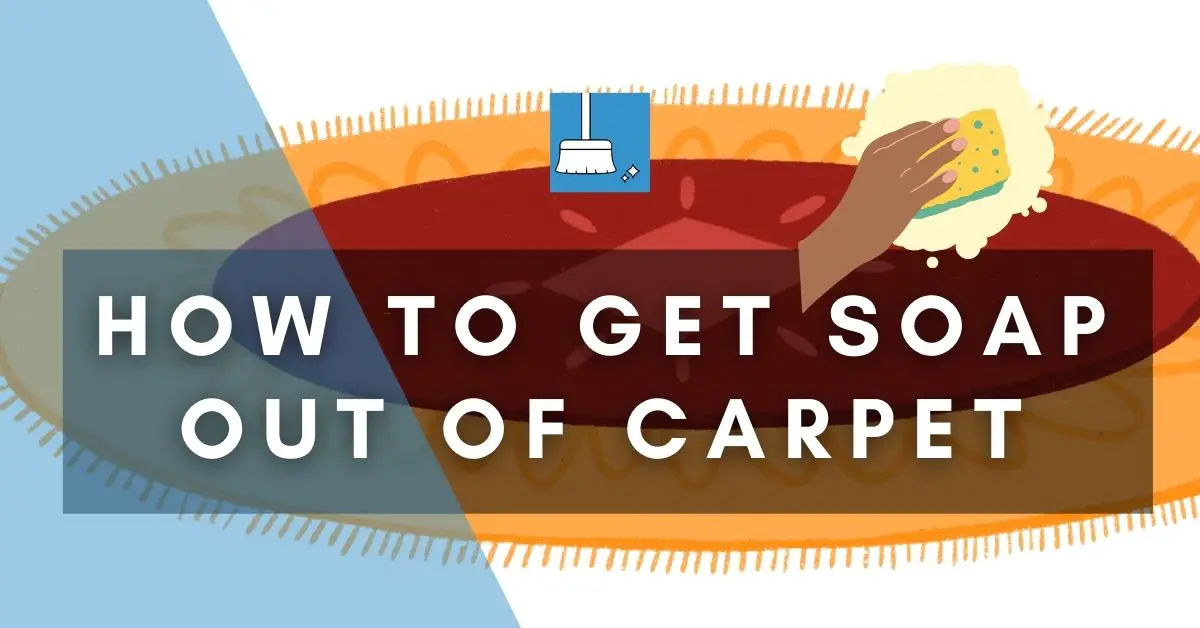Rubber bar mats form an integral component of any bar. They are specifically designed to catch spills during drink preparation, crumbs, and debris, protecting the surface of your bar counter from wetness, stickiness, and the formation of stains.
Since they collect liquids, alcohol, and grime, they need to be cleaned on a regular basis to prevent them from becoming moldy, stained, and greasy.
This would result in glasses sticking to the surface of the mats, the mats becoming smelly and unhygienic, which is the last thing one would want in an establishment that serves drinks and food.
How to Clean Rubber Bar Mats (4 Methods)
Method 1: Washing Rubber Bar Mats by Hand
YOU’LL NEED
1- Plastic Tray
2- Broom
3- Dustpan
4- Large sink or surface and a bucket
5- Scrubbing brush or deck brush
6- Warm water
7- Dishwashing liquid
8- Drying rack
9- Power hose (optional)
10- Rubber gloves (optional)
STEPS
STEP 1: After a shift, collect all the rubber bar mats from the counters and place them horizontally, one on top of the other on the tray and take them to the washing area.
STEP 2: Drain each bar mat of fluid, by tilting them into the sink. Make sure to rinse the sink properly, as you will be washing the bar mats in the sink.
STEP 3: Brush each bar mat of crumbs and loose debris using a broom and dustpan. Be sure to brush both sides of the mat.
STEP 4: Lay the bar mats flat (either in the sink or on your cleaning surface). Dispense a fair amount of dishwashing liquid onto the mats and scrub them using warm water, a hand-held scrubbing brush, or a deck brush.
Scrub the entire surface of the mat on both sides. Use a brush with bristles that get between the rubber prongs, and grooves of the mat and scrub the mats until all the sticky spots and stains have been removed.
STEP 5: If your bar mats are still dirty after scrubbing them, add a small quantity of bleach (10-15ml) to a large tub or sink of warm water and place the rubber mats into the tub to soak for an hour.
STEP 6: Rinse the mats thoroughly using a power hose (on low setting) or a bucket of warm water.
Make sure to remove all the soap from the mats, as residual soap left behind will cause the mats to become sticky after they have dried.
STEP 7: Place the rubber bar mats on the drying rack and allow them to dry completely before they are used.
If you don’t have a drying rack you can dry the mats by lying them down horizontally on top of each other, with dry clean towels in between each mat.
Method 2: Using a Dishwasher to Wash Rubber Bar Mats
YOU’LL NEED
1- Plastic Tray
2- Broom
3- Dustpan
4- Dishwasher
5- Dishwashing bar soap
6- Drying rack or towels
STEPS
STEP 1: After a shift, collect all the rubber bar mats from the counters and place them horizontally, one on top of the other on the tray and take them to the washing area.
STEP 2: Drain each bar mat of fluid, by tilting them into the sink.
STEP 3: Brush each bar mat of crumbs and loose debris using a broom and dustpan. Be sure to brush both sides of the mat.
STEP 4: Rinse the rubber bar mats well, then lie them flat on the racks of the dishwasher. Wash the mats at the end, after all the glasses and other dishes have been washed.
STEP 5: After the machine has finished its wash cycle place the mats on a drying rack in a well-ventilated area, to dry.
Once again, if you don’t have a drying rack you can dry the mats by lying them down horizontally on top of each other, with dry clean towels in between each mat.
STEP 6: Drain the dishwasher, clean the filters, and run it without a load of dishes (on empty) to ensure the machine is clean before its next use.
Method 3: Using a Commercial Washing Machine to Wash Rubber Bar Mats
YOU’LL NEED
1- Plastic tray
2- Broom
3- Dustpan
4- Washing machine
5- Mild detergent
6- Drying rack
STEPS
STEP 1: Collect, drain and brush the mats using the same steps laid out in the above methods.
STEP 2: Place the rubber bar mats into the washing machine and add the mild detergent.
STEP 3: Use a warm or cold water cycle and the delicates or wool setting on the machine when washing the mats.
STEP 4: Remove the mats from the machine and place them on the drying rack to dry.
Method 4: Removing Mold and Mildew from Rubber Bar Mats
YOU’LL NEED
1- White vinegar
2- Spray bottle
3- Hot water
STEPS
STEP 1: Collect and drain the mats as laid out in the methods above.
STEP 2: Spray the vinegar onto the mat, and make sure that the vinegar reaches all areas of the mat.
STEP 3: Leave the mat with vinegar for two to four hours, to allow the vinegar to soak into the moldy areas.
STEP 4: Rinse the mat with hot water, and wash and dry the mat using any of the methods laid out above.
Rubber Bar Mats – Maintenance Tips

1- Bar mats should be cleaned after every shift to decrease wear and tear and to prevent the formation of stains and grease buildup.
2- Create at least two sets of rubber bar mats, so that they can be swapped out between different shifts, to allow time for them to dry properly.
3- Use a tray to move the rubber bar mats to the cleaning station to avoid spilling the liquid in the mats onto the floor.
4- Create designated areas for cleaning, drying, and the storage of clean bar mats.
Do’s and Don’Ts of Cleaning Rubber Bar Mats
Do’s
1- Ensure that both the bar mat and the bar surface are completely clean and dry before placing the mats on the counter. Any moisture between the mat and the surface encourages the growth of mold.
2- Use warm water (below 104℉) to wash the mats, to increase emulsification while avoiding damage to the rubber, caused by high heat.
3- Use rubber gloves when washing bar mats by hand to prevent your skin from drying out and the formation of calluses and blisters from scrubbing.
Don’ts
1- Don’t roll the mats at any point of the cleaning and drying process as this creates curves in the mat, which means the mats won’t lie flat on the bar counter.
2- Don’t use harsh acidic detergents or alkaline detergents exceeding the pH level of 9.5 as this will damage the rubber on the mats.
3- Never put the mats into a clothes dryer to dry them. The heat and mechanical action of the dryer can cause the mats to crack and tear.
Conclusion
The methods laid out in this article provide instructions on exactly how rubber bar mats should be cleaned, increasing their service life and efficacy and reducing the need for constant replacement.

